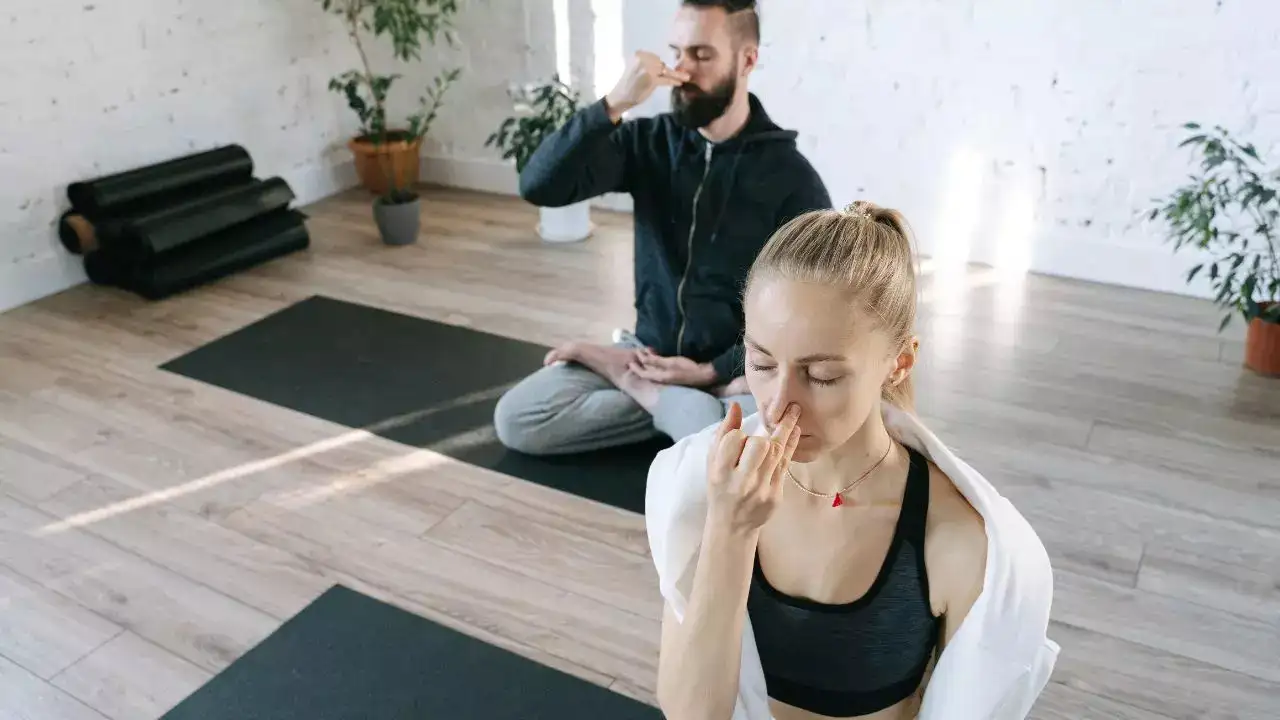Copyright indiatimes

Asthma affects millions of people worldwide, often making each breath feel more difficult than it should. While inhalers and medications are essential for managing symptoms, incorporating controlled breathing techniques can further support lung health. These exercises strengthen respiratory muscles, promote relaxation, and help regulate breathing patterns, which may reduce wheezing, shortness of breath, and anxiety during flare-ups. By practising mindful, structured breathing regularly, individuals with asthma can improve airflow, enhance oxygen exchange, and better manage stress. Over time, this holistic approach can complement medical treatment, leading to improved lung efficiency and an overall better quality of life.How breathing exercises help people with asthmaWhen you have asthma, your airways become inflamed and narrow, making it difficult for air to flow in and out of the lungs. Breathing exercises help counter these effects by improving lung efficiency, reducing hyper-ventilation, and promoting relaxation. According to a study published in Breathe (European Respiratory Society), structured breathing practices can significantly improve symptom control in adults with asthma.Improving lung efficiency: They strengthen respiratory muscles, allowing you to take deeper, more controlled breaths.Reducing hyperventilation: Many people with asthma breathe too quickly or shallowly, which can worsen symptoms. Controlled breathing helps regulate this pattern.Enhancing relaxation: Stress and anxiety can trigger asthma attacks. Focused breathing activates the body’s relaxation response, reducing tension in the chest and airways.Supporting mucus clearance: Certain techniques help remove trapped mucus, improving airflow.Complementing medication: When used alongside prescribed treatments, breathing exercises can support better asthma control and reduce symptom frequency.Effective breathing exercises for asthma1. Diaphragmatic (Belly) BreathingThis technique focuses on using your diaphragm, the main breathing muscle, instead of shallow chest breathing.How to do it:Sit or lie down comfortably and relax your shoulders.Place one hand on your chest and one on your abdomen.Inhale slowly through your nose, allowing your belly to rise.Exhale gently through pursed lips, letting your belly fall.Why it helps: Diaphragmatic breathing strengthens your diaphragm, improves oxygen intake, and reduces shallow breathing. This promotes calmness, reduces shortness of breath, and helps you use your lungs more efficiently.2. Pursed-lip breathingThis simple method slows your breathing and keeps your airways open for longer.How to do it:Breathe in slowly through your nose for two counts.Purse your lips as if you’re whistling.Exhale slowly and steadily through pursed lips for four counts.Why it helps: Breathing out through pursed lips helps maintain open airways for longer, preventing air from getting trapped in the lungs. It can ease breathlessness during activity or stress and promote better airflow.3. Nasal breathingBreathing through your nose instead of your mouth can significantly benefit asthma management.How to do it:Keep your mouth closed and inhale gently through your nose.Exhale naturally through your nose or mouth.Why it helps: Breathing through your nose instead of your mouth filters, warms, and humidifies the air before it reaches your lungs. This reduces irritation and inflammation in the airways, supporting better breathing control and asthma management.4. The Papworth and Buteyko methodsThese structured breathing techniques are often taught by physiotherapists or respiratory therapists.How to do it:The Papworth Method combines diaphragmatic and nasal breathing with relaxation techniques.The Buteyko Method focuses on reducing over-breathing and encouraging calm, nasal breathing.Why it helps: Both methods train your body to breathe more slowly and efficiently, reducing airway irritation, hyperventilation, and reliance on reliever inhalers. Regular practice has been shown to improve asthma control and overall breathing comfort.5. Yoga and pranayama breathingCertain yoga-based breathing techniques, such as alternate-nostril breathing or humming bee breath, can improve lung function and relaxation.How to do it:Sit comfortably with your spine straight.Inhale and exhale slowly through your nose, focusing on steady, rhythmic breathing.Incorporate mindfulness or meditation to enhance relaxation.Why it helps: Yoga breathing enhances lung capacity, reduces stress, and supports better oxygen exchange. The combination of mindfulness and breath control helps calm the nervous system and reduce asthma-related anxiety.Disclaimer: This article is for informational purposes only and should not be considered medical advice. Please consult a healthcare professional before making any changes to your diet, medication, or lifestyle.



